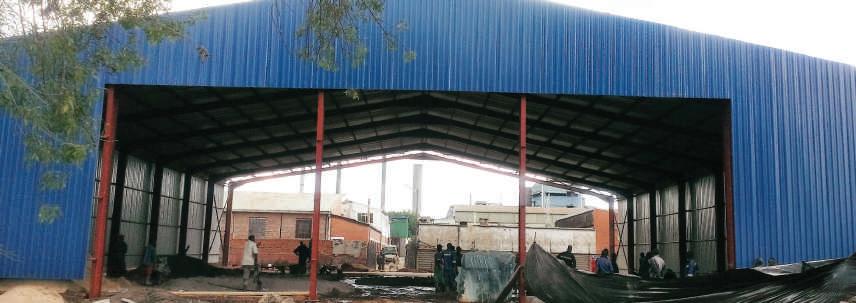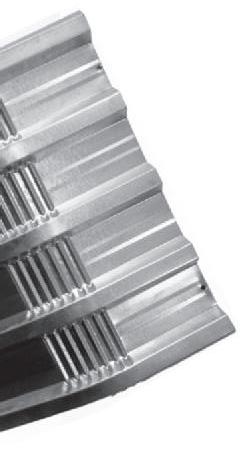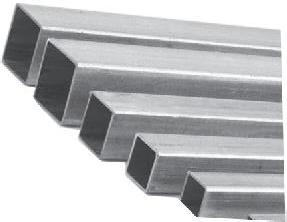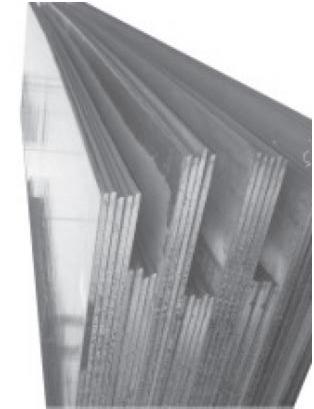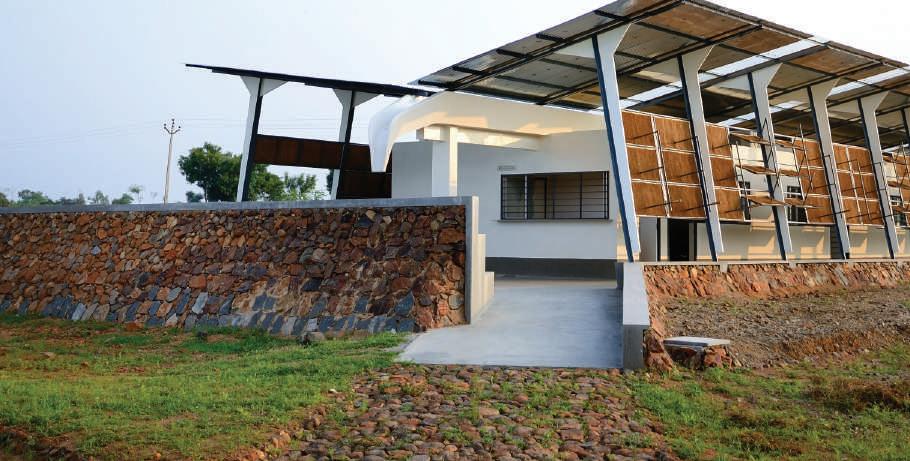
5 minute read
WATER CAPTURING
Nowadays we mainly depend on secondary sources of water like dams, lakes, groundwater or rivers whilst the primary water source is rainfall. Water harvesting is the capturing of rain water, where it falls, runs-off, catchment etc. It is direct rainfall collection, this water can be stored for later use and recharged into groundwater again. Traditionally this involves harvesting the rain from a roof, the rain will collect in gutters that channel the water in downspouts and then into some storage facility or tank.
In essence, water harvesting means we recognize the rain’s value and try to utilize it when it falls. The purity of the water carefully collected from the roof is one of its most amazing attribute; if properly collected, it ranks up there with distilled water for the absence of impurities. Rainwater collection systems can be as simple as collecting rain in a barrel or as elaborate as harvesting rainwater into large cisterns to supply your entire household demand. Rainwater harvesting is becoming a viable way of supplying households and businesses with water. The green building movement has also resulted in the continued rise of rainwater harvesting. Many rainwater harvesting systems have a way of discarding the first run of water from the roof to avoid twigs, leaves or bird droppings from contaminating the collected water in a cistern. Preventing this debris will also ensure that pumps won’t clog or contaminate the water.
Advertisement
Benefits of rainwater harvesting
Rainwater is a relatively clean and absolutely free source of water. You will have total control of your water supply. Rainwater is great for plants and landscaping as it is not chlorinated. It can be an excellent backup source of water for emergencies. It uses simple techniques that are easy to maintain and inexpensive. The system can easily be retrofitted onto an existing building or installed on a new building. Less harm to the environment.
You can use rainwater anywhere you use tap water. To be using drinking water to flush our toilets and water our lawns is wasteful and irresponsible especially in the light of water shortages across the country. Rainwater collection is a way to ‘green’ your home and lessen your environmental footprint.
There are basically three areas where rainwater can be used;
Irrigation use.
Indoor, non potable use.
Whole house, potable use.
Some of the for uses of rainwater can be;
Watering the lawn or garden which can be done by connecting rainwater collection system to sprinklers or irrigation images. Refilling fountains or fish ponds. Refilling the swimming pool. Washing cars. Cleaning driveways. Using for all indoor non potable fixtures ( toilets and washing clothes ) Using for all potable needs when properly filtered and disinfected.
Methods of collecting rainwater
The principle of rainwater collecting remain the same but what only differs is the scale of the system. Methods only differ on aesthetics and effectiveness.
Barrel method
This is by far the most common method which many people are familiar with it involves installing a barrel at the downspout of the gutter to collect rainwater. You can even use a recycled barrel for this method and it can be easily implemented by an individual. It easily overflows, however collection is limited by the capacity of the barrel.
‘Dry’ method
This method is a variation of the barrel method but it has a larger storage. The collection pipe ‘drys’ after each rain event since it empties directly into the top of the tank. ‘Dry’ method is relatively inexpensive and easy to implement as well as maintain.
This technique involves putting in place collection pipes underground in order to connect multiple downspouts from different gutters. The rainwater will fill the underground piping and the water will rise in the vertical pipes until it fills the tank. The downspouts and underground pipes must have watertight connections. The elevation of the tank inlet must be below the lowest gutter on the house. Tank can be located far way from the house and the method allows rainwater to be collected from multiple gutters and downspouts.

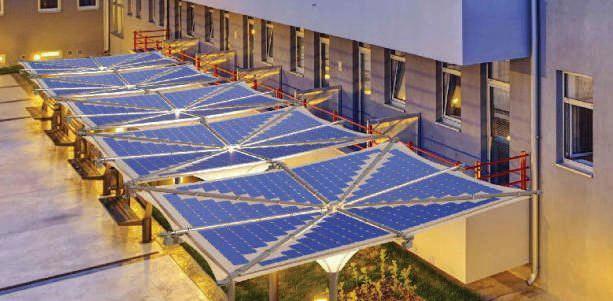



Holding your future in steel fabrication technology
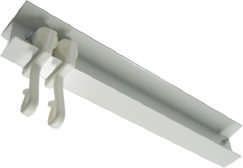

ABOUTUS Steeltech (Pvt) Ltd are specialists in steel fabrication and structural steel erection. We manufacture low-cost, high quality steel structures of various designs and specifications. We do standard steel structures, design and construction of virtually anything in structural steel.
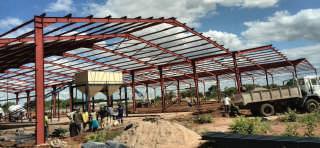

Cell: +263 774 160 560, +263 712 581 467, +263 737 183 122/14 L m 0 6 ongx6.5mEavesHeightSteelStructureUnderCon s t r u c t Email: steelttech@gmail.com x e i o n 114 Seke Road, Graniteside, Harare, Zimbabwe d i W m 0 ( F a c t o r 8 y )

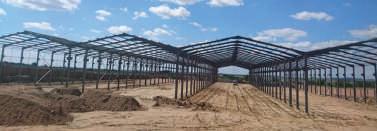
0 8 m W i d e 4 S p a n s x 1 2 0 m L o n g S t e e l M a n u f a c t u r i n g P l a n t
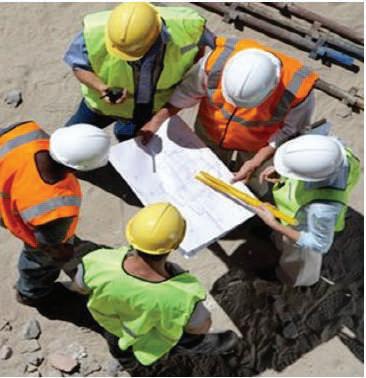


40m Span x 80m Long Church Structure
